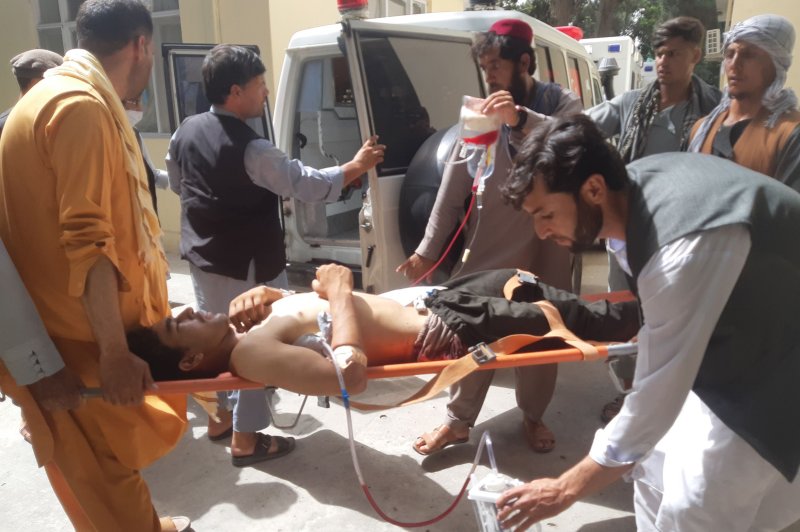By Anna Mehler Paperny

TORONTO (Reuters) - Canada is prepared to take in some Central American migrants to help the United States, which is grappling with an influx of migrants at its southern border with Mexico, Canadian Immigration Minister Marco Mendicino said.
In their first phone call since President Joe Biden's administration was sworn in, Mendicino and U.S. Secretary of Homeland Security Alejandro Mayorkas last week discussed issues including Central American migration - an area where the Biden administration is struggling to gain control.
Canada wants to help, Mendicino told Reuters in an interview late Tuesday.
"I certainly think that we have the capacity within our existing levels plan to accommodate more refugees," he said.
Canada aims to resettle 36,000 refugees for 2021.
While Mendicino would not rule out accepting migrants in U.S. custody, his spokesperson said this was unlikely as Canada resettles refugees referred by the United Nations High Commissioner for Refugees. Mendicino would not say how many migrants Canada might take.
The U.S. Department of Homeland Security did not immediately respond to a request for comment.
Canada's offer to help comes as the number of migrants taken into custody at the U.S.-Mexico border has soared in recent months to the highest levels in two decades.
Vice President Kamala Harris, tasked with addressing Central American migration, was in Mexico and Guatemala this week to pursue solutions to the situation.
Mendicino said he and Mayorkas discussed "the road map to a renewed Canada-U.S. relationship," managing their shared border and achieving migration goals.
Canada has styled itself as a leader in refugee resettlement, even as it turns back asylum-seekers at its own border. Last year it took in about 40% of the total number of resettled refugees globally, or about 9,000.
"By having a plan as ambitious as we do around this, what we're signaling not only to the Americas but the world, is, Canada will continue to play a leadership role when it comes to resettling refugees," Mendicino added.
In its 2021 budget, Canada allocated C$80.3 million ($66.6 million) over two years to the Venezuelan migrant and refugee crisis.
Canada also wants to expand the Safe Third Country Agreement (SCTA), under which asylum-seekers trying to cross at ports of entry are turned back, so that it applies to the entire Canada-U.S. border.
This would affect people who cross irregularly, such as at Quebec's Roxham Road, a common destination for asylum-seekers avoiding the STCA.
"There was certainly a very strong sense between our two countries that this is a very valuable instrument, it is a very valuable agreement, because it does create the opportunity for additional cooperation," Mendicino said.
($1 = 1.2064 Canadian dollars)
(Reporting by Anna Mehler Paperny; Additional reporting by Ted Hesson; Editing by Karishma Singh)
















